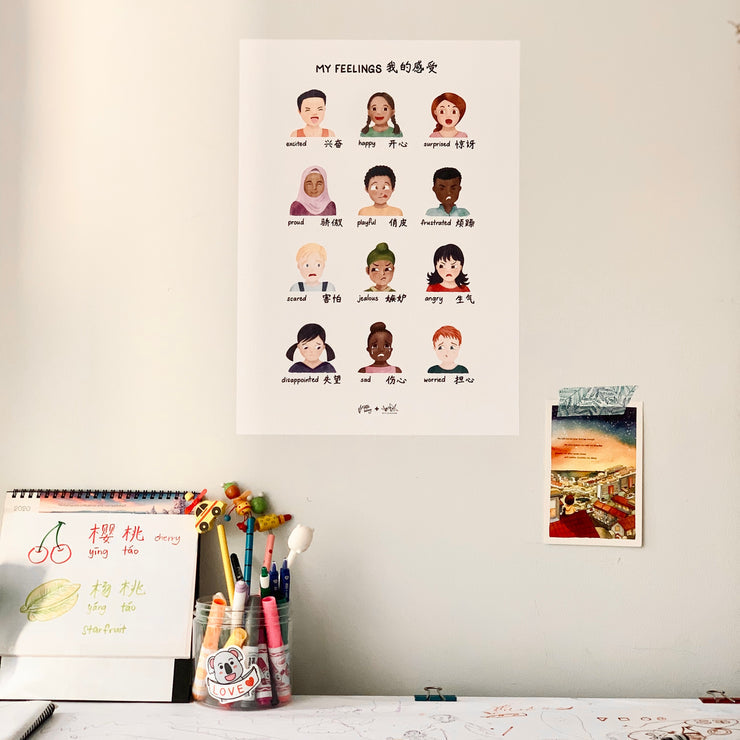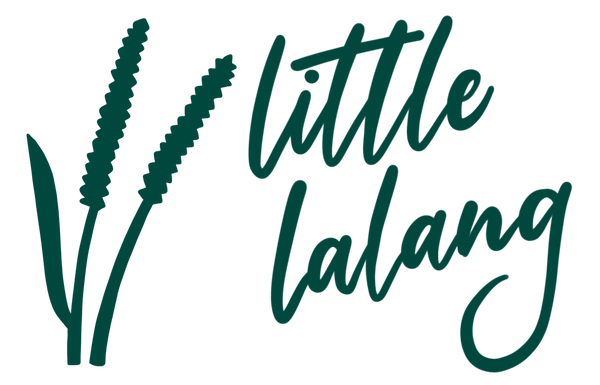
Using a feelings chart to build emotional skills
Laura OrAs a psychologist (and mother), I know that being able to name feelings as well as identify emotions in themselves and others, are building blocks in helping children to regulate their emotions, feel and show empathy for others, and be able to problem-solve in social situations. This chart would be a good tool to encourage children to learn about their feelings.
I really like this feelings chart because the facial expressions are clear. It is not cluttered and quite realistic (instead of emojis or clipart-style), and thus it allows children to relate to the images drawn.
I also love that the children drawn are multicultural! It can be difficult for young children and children with special needs to identify with characters that are dissimilar to them, but there is relatability here.
Some ways I would use this chart:
1) Identifying current feelings: Ask a child how they are currently feeling and allow them to point to the face.
- Acknowledge their feelings (“I see you feel worried”).
- Ask them if something happened to make them feel this way
- Ask or suggest how they can express that feeling safely.
2) Labelling specific feelings: If an incident occurred that day and the child was unable to label their feelings, use the chart to ask the child what they were feeling after they have calmed down.
- Give examples for feelings that may be close to what they were feeling (“I saw that you threw your helmet on the ground and yelled. Were you disappointed / frustrated that you couldn’t ride the new bicycle?”).
- Share about what they could do next time (eg. ask for help).
3) Teaching emotions: For children who rarely label feelings in themselves and others, you could use this chart to teach them the different emotions, giving examples.
- You could even roleplay some situations to get them to understand.
- Praise them when they label their feelings or others’ feelings.
- When reading a book, pause when a character is exhibiting a behaviour or in a situation, and ask the child to point to the emotion that the character could be feeling. This helps them practise identifying feelings correctly.
Using the chart for younger children
Some of the feelings on the chart are quite complex, so it will work well for children over 5 years old. However, you can certainly still use this chart for younger children (4 years old and below).
Younger children may not be able to use feeling words to label their feelings but may be able to point to the correct expression. They are currently learning to use basic feeling labels such as angry, happy, sad, scared. They may not yet be able to identify feelings of worry, disappointment, jealousy or pride.
Tips for using this chart with younger children:
- Identifying current feelings: Acknowledge their feelings and suggest how they can express them safely. If they point to a facial expression but are unable to label, label it and teach them about that feeling.
- Teaching feelings: When reading a book, pause when a character uses a feeling word (eg. Maisie was disappointed) and ask them to guess which facial expression looks like disappointment.
All in all, this is a fun chart to use and with lovely drawings.
Disclaimer: Little Lalang has kindly given me one of these feelings posters for my office and I am looking forward to using it!
This article is a guest post written by Eunice Lee, an Educational and Developmental Psychologist and mother of two young children.
